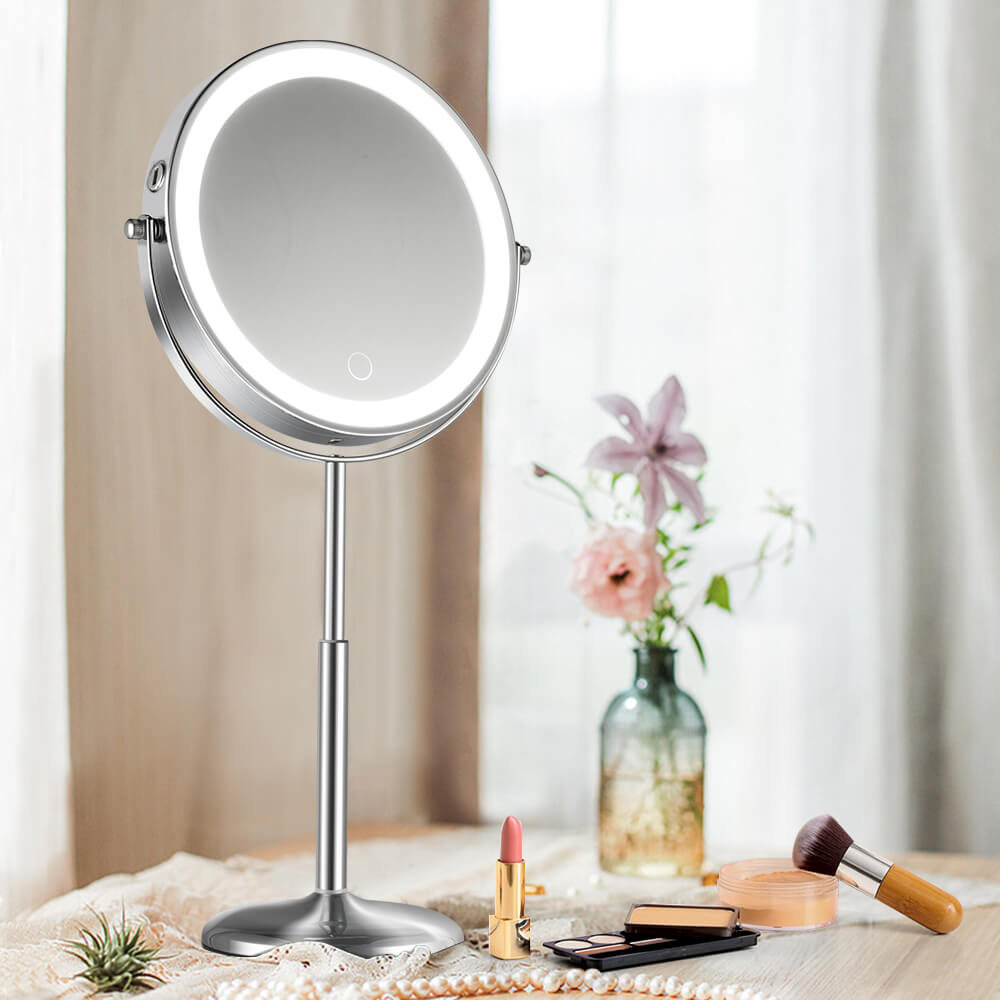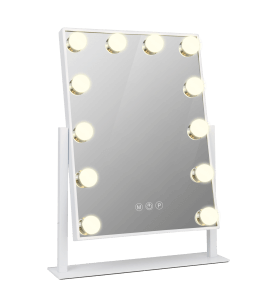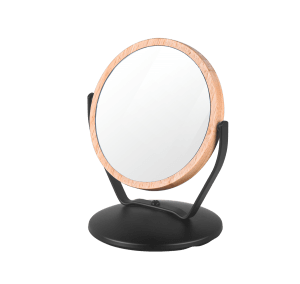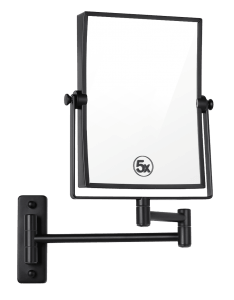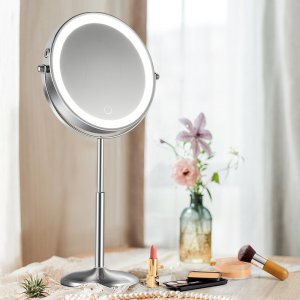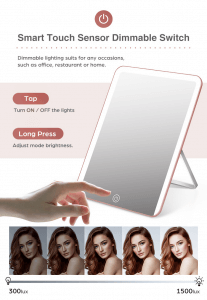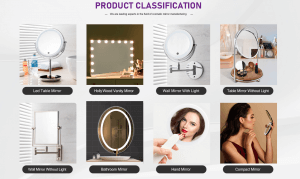Bluetooth mirrors have gained popularity in recent years due to their innovative features and ability to enhance the aesthetics and functionality of a room. If you are considering purchasing a Bluetooth mirror, you may wonder if it requires electricity to operate. In this review, we will delve into the topic and provide detailed information about Bluetooth mirrors and their electric requirements. We will explore the power consumption, operation, features, and benefits of Bluetooth mirrors, shedding light on this intriguing technology.

Bluetooth mirrors do require electricity to operate, as they incorporate various features that rely on an electrical power source. LED lights, which are commonly integrated into Bluetooth mirrors, require electricity to illuminate. Additionally, the Bluetooth speakers embedded in these mirrors also need electrical power to function properly. However, it is worth noting that Bluetooth devices, including Bluetooth mirrors, typically consume low power compared to Wi-Fi devices.
The power consumption of a Bluetooth mirror depends on its specific features. Many Bluetooth mirrors utilize energy-efficient LEDs, resulting in lower energy consumption and potentially reducing your electricity bill. Bluetooth devices, such as mirrors, generally consume less power than Wi-Fi devices, primarily due to the difference in signal range. Bluetooth signals have a limited range of approximately 30 feet, while Wi-Fi signals can travel much farther, necessitating more power for stronger signals.
To operate a Bluetooth mirror, you need to activate the Bluetooth function on your device and search for the corresponding app on the mirror. After establishing a connection, you can enjoy playing your favorite music or podcasts through the mirror’s integrated speakers. The specific operation of Bluetooth mirrors may vary depending on the brand and model.
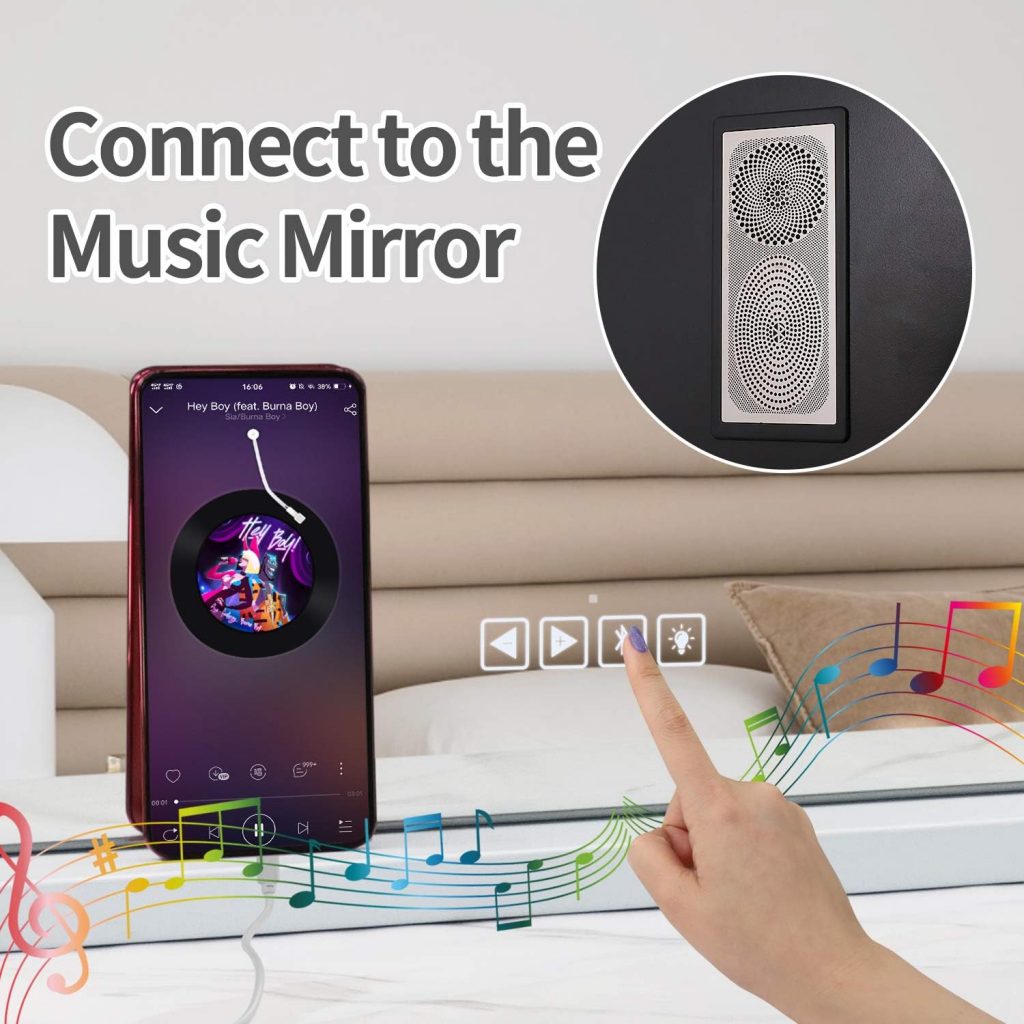
Bluetooth mirrors offer a range of features that make them a desirable addition to any room. In addition to serving as a mirror, they often include extras like built-in de-misters, LED lighting, and digital clocks. Some models even provide stereo sound capabilities, combining the functionality of a mirror and a speaker system. These mirrors can streamline your morning routine, prevent fogging, and eliminate the need for separate devices, saving space in your bathroom. Moreover, they contribute to a modern and stylish aesthetic.
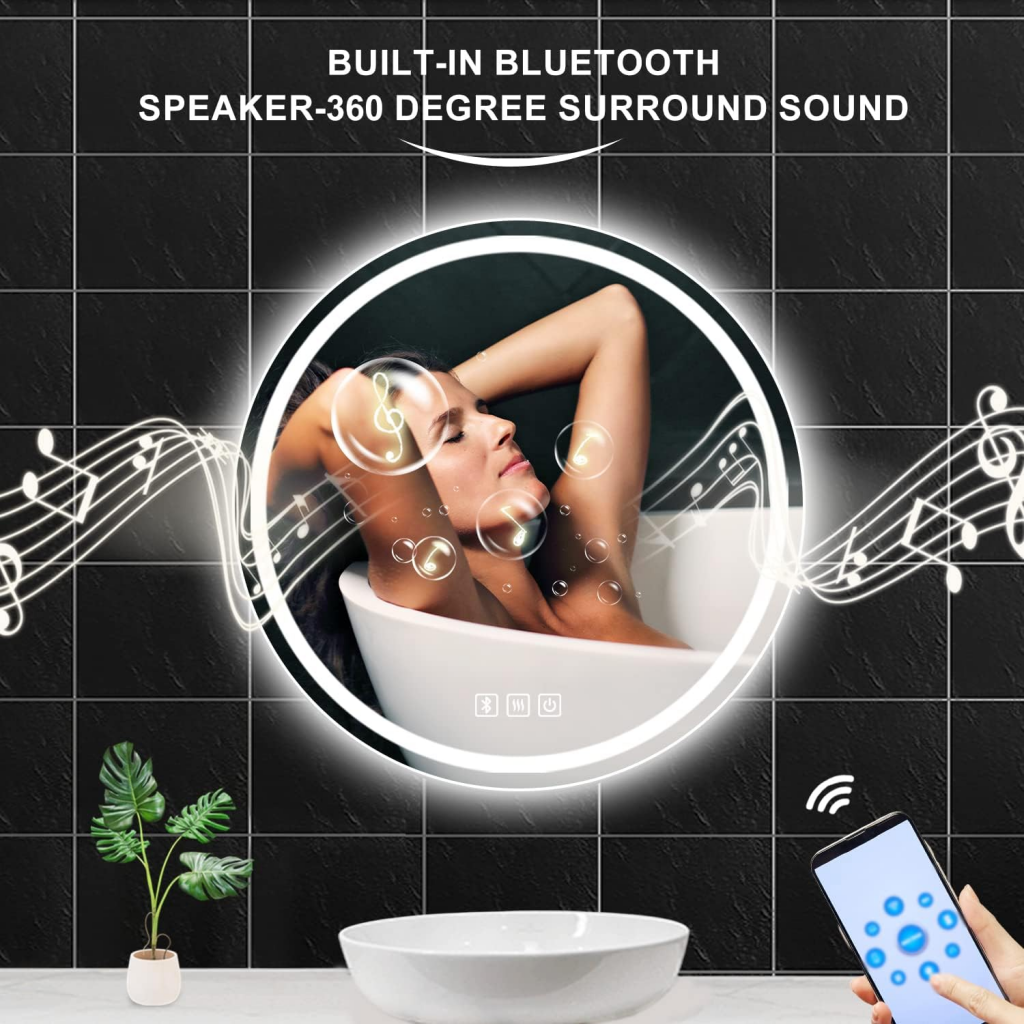
In conclusion, Bluetooth mirrors indeed require electricity to operate due to their LED lighting and integrated speakers. However, they generally consume low power and offer energy-efficient features. Operating a Bluetooth mirror involves establishing a Bluetooth connection and utilizing the mirror’s built-in app. With their additional features and benefits, Bluetooth mirrors can provide both aesthetic appeal and enhanced functionality to your space.



